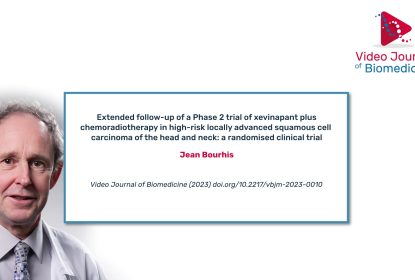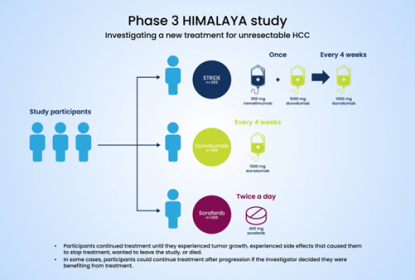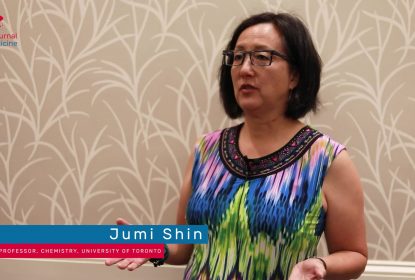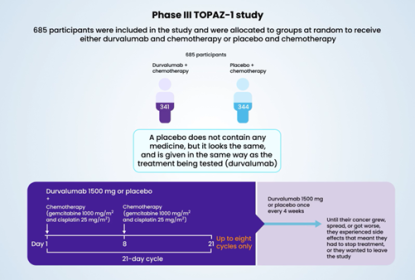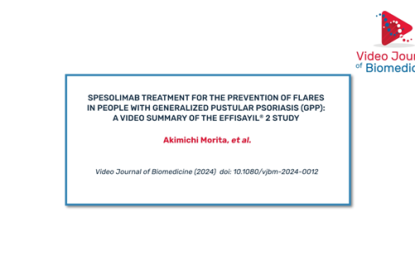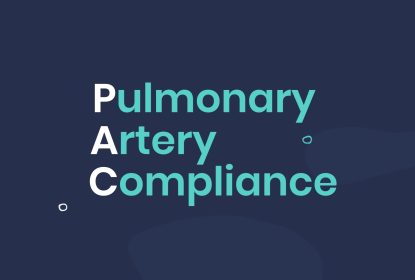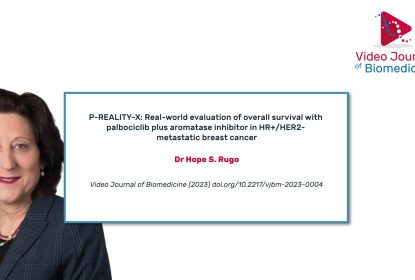
Hedgehog inhibitors for basal cell carcinoma: real-world treatment patterns
Basal cell carcinoma (BCC) is the most common type of non-melanoma skin cancer. In the USA, more than 2 million people are diagnosed with BCC annually. Most BCC cases can be treated with surgery, but around 1% of patients develop advanced BCC (locally advanced or metastatic), which requires additional systemic therapy (e.g. radiation or chemotherapy).
A key contributor to BCC formation is activation of the Hedgehog signalling pathway – this activation is caused by genetic mutations. This can be prevented by using drugs known as Hedgehog pathway inhibitors (HHIs) such as vismodegib and sonidegib. While HHIs are effective treatments for advanced BCC, they are associated with significant toxicities. Patients taking HHIs must be closely monitored for these side effects during the course of their treatment.
Reactive interruption (stopping HHI treatment for 8 weeks when adverse reactions occur) and preventive interruption (switching between HHI treatment for 8 or 12 weeks, with a planned 8-week pause in between) have been investigated as strategies to improve the tolerability of HHI therapy. Modifying the dosage when adverse reactions occur may also be a solution to this problem. Despite this, there is currently no consensus recommendation of the optimal duration of HHI treatment, and few studies have looked at patterns of HHI use in real-world patients with BCC.
In this video, based on the publication “Hedgehog pathway inhibitor real-world treatment patterns in patients with basal cell carcinoma: a claims-based analysis”, Dr Emily Ruiz (Dana-Farber Brigham Cancer Center and Havard Medical School) presents a claims-based analysis of HHI treatment discontinuation and re-initiation patterns in real-world patients with BCC. This retrospective cohort study used healthcare insurance claims and enrollment data from IBM MarketScan® Commercial and Medicare Supplemental databases, which include data on approximately 30 million people annually across the USA.
Original article:
Hedgehog pathway inhibitor real-world treatment patterns in patients with basal cell carcinoma: a claims-based analysis
Wenzhen Ge, Chieh-I Chen, Ning Wu, Matthew G Fury, Emily Ruiz & Jessica J Jalbert
Future Oncology (2022) doi.org/10.2217/fon-2022-0373
 Meet the speaker: Dr Emily Ruiz (MD, MPH) is a board-certified associate physician at the Mohs and Dermatologic Surgery Center at Dana-Farber/Brigham and Women’s Cancer Center and an Associate Professor in Dermatology at Harvard Medical School. She serves as the director of the High-Risk Skin Cancer Clinic at Dana-Farber/Brigham and Women’s Hospital, the academic director of the Micrographic Surgery Center at Brigham and Women’s Hospital, and the program director of the Micrographic Surgery and Dermatologic Oncology fellowship. She graduated from New York University School of Medicine in 2010 and received her MPH degree from the Harvard T.H. Chan School of Public Health. After completing an internship in internal medicine at New York University School of Medicine in 2011, she completed her dermatology residency at Albert Einstein College of Medicine in 2014, and fellowship in micrographic surgery and dermatologic oncology at Brigham and Women’s Hospital in 2016.
Meet the speaker: Dr Emily Ruiz (MD, MPH) is a board-certified associate physician at the Mohs and Dermatologic Surgery Center at Dana-Farber/Brigham and Women’s Cancer Center and an Associate Professor in Dermatology at Harvard Medical School. She serves as the director of the High-Risk Skin Cancer Clinic at Dana-Farber/Brigham and Women’s Hospital, the academic director of the Micrographic Surgery Center at Brigham and Women’s Hospital, and the program director of the Micrographic Surgery and Dermatologic Oncology fellowship. She graduated from New York University School of Medicine in 2010 and received her MPH degree from the Harvard T.H. Chan School of Public Health. After completing an internship in internal medicine at New York University School of Medicine in 2011, she completed her dermatology residency at Albert Einstein College of Medicine in 2014, and fellowship in micrographic surgery and dermatologic oncology at Brigham and Women’s Hospital in 2016.
